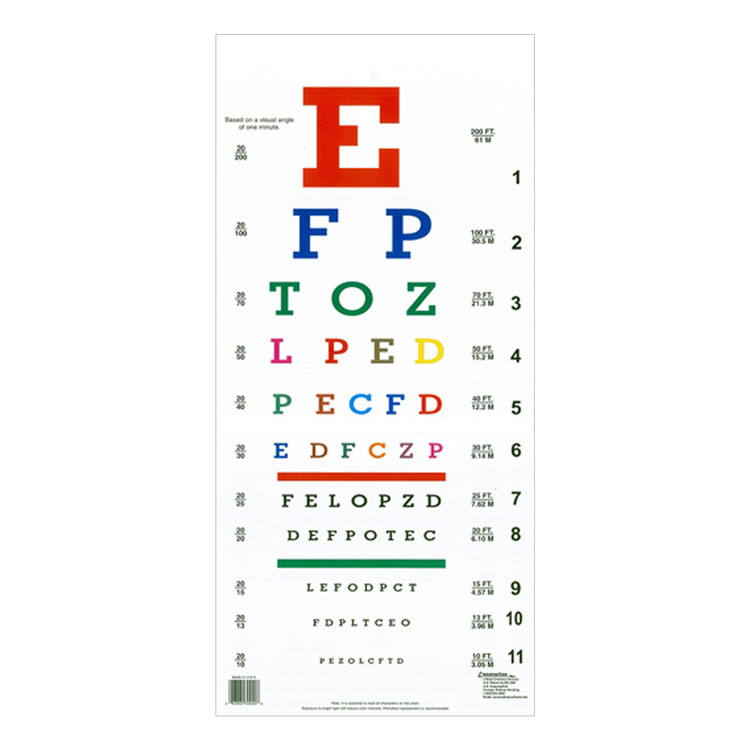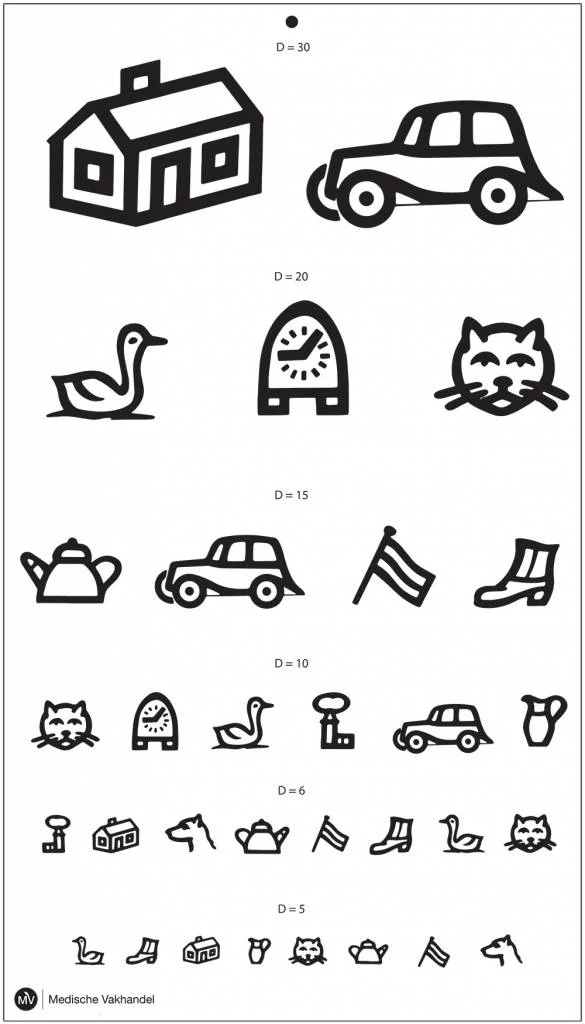
EYE TREATMENTS
Kid’s Examination
Paediatric eye tests
Vision Test
Visual acuity is assessed for each eye based on the child’s age and ability to interact:
From 5 years or older: Snellen chart
From 3 – 5 years: ‘Tumbling E’ eye chart



Cycloplegic Refraction
You should consider use of a cycloplegic agent to give:
an accurate assessment of the refractive error, which is the major factor in amblyopia or squint
the best possible view of the fundus, within the limits of the co-operation of the child.
Lazy eye (amblyopia)
Your eye doctor will want to rule out amblyopia, or “lazy eye,” which is decreased vision in one or both eyes without detectable anatomic damage. Unfortunately, amblyopia is not always correctable with eyeglasses or contact lenses and may require eye patching to strengthen the weaker eye.
Misalignment of eyes (strabismus)
Crossed or misaligned eyes (strabismus) can have different causes, such as problems with muscle control in the affected eye or eyes. Strabismus is a common cause of amblyopia and should be treated early in childhood so vision and eye teaming skills can develop normally.
Eye health assessment
Your eye doctor will closely examine your child’s eyelids to look for abnormal or infected eyelashes, bumps, eye discharge and swelling (edema). The doctor also will examine the cornea and lens to look for cloudiness or other irregularities.
Low-dose atropine eye drops for myopia control may slow the progression of myopia in children. Atropine eye drops temporarily paralyze the accommodation system and dilate the pupils. You may need to bring your child to see our ophthalmologists for a thorough paediatric eye examination before embarking on atropine treatment.
